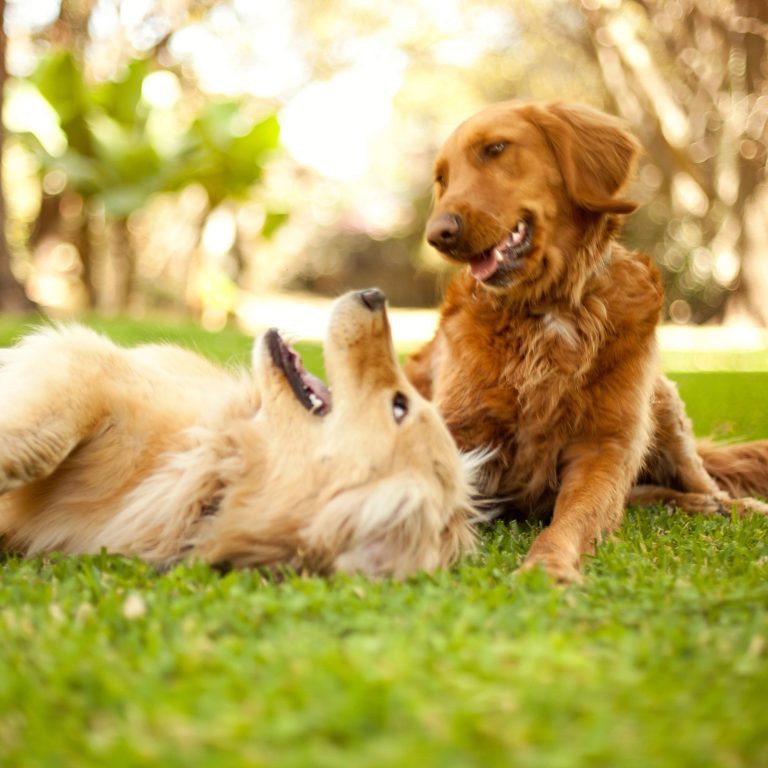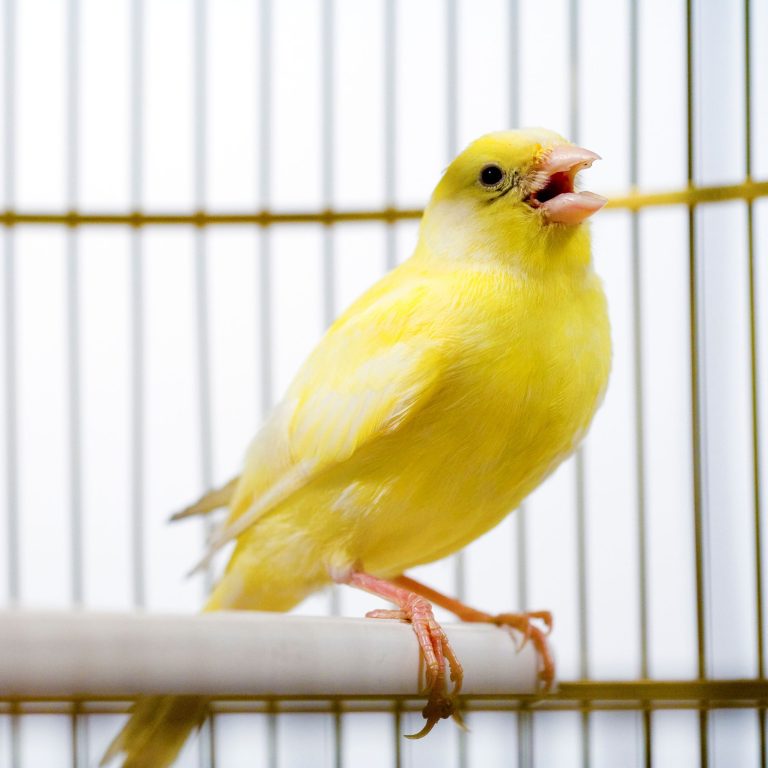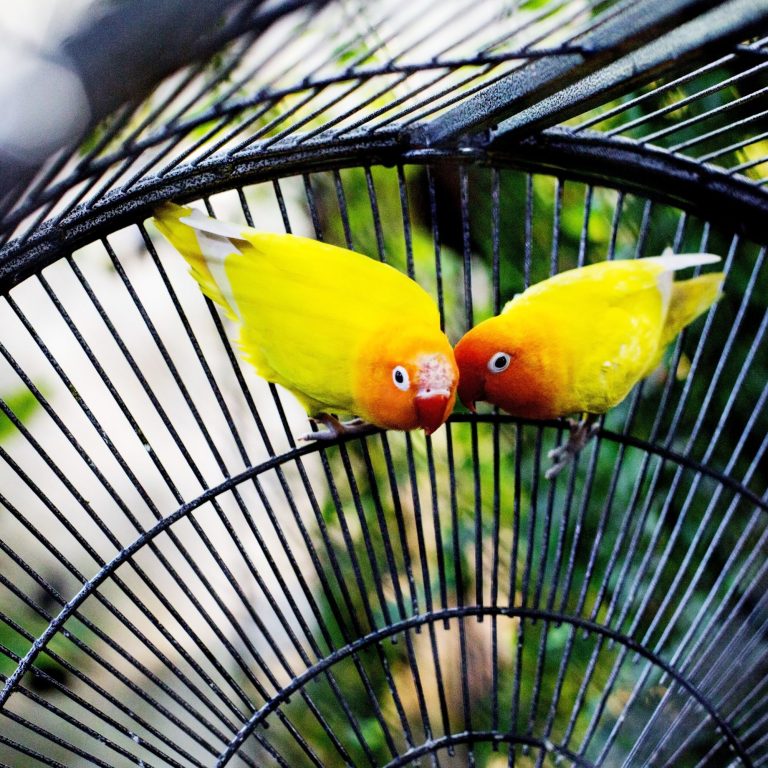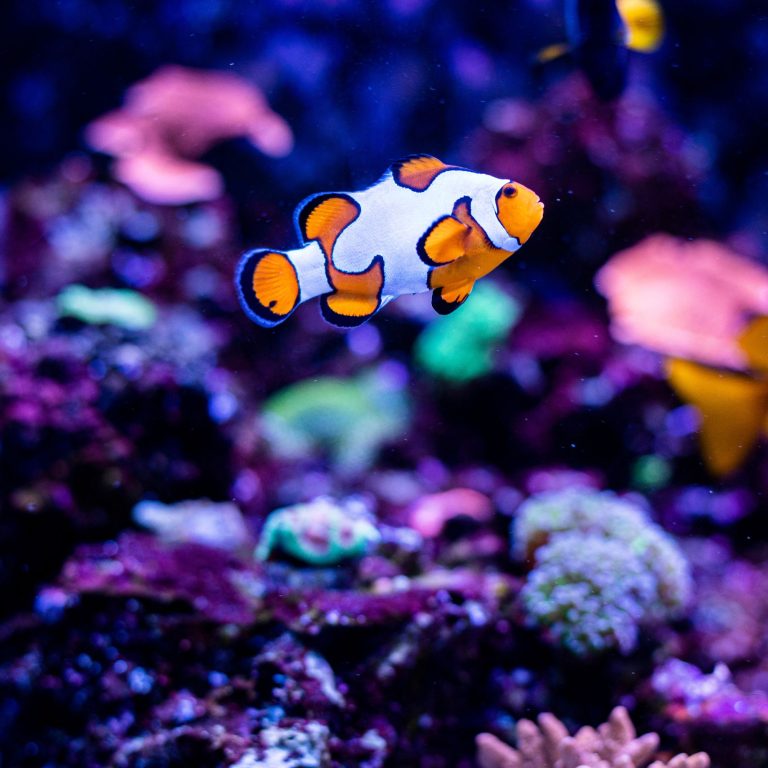Ignite Your Cats Curiosity: Puzzle Treat Toys for Endless Entertainment
Enhancing Your Cat’s Life
When it comes to keeping your feline friend happy and entertained, understanding your cat’s natural instincts is key. Cats are curious and intelligent creatures that thrive on mental stimulation and physical activity. By providing them with the right tools and toys, you can enhance their lives and keep them engaged.
Understanding Your Cat’s Natural Instincts
Cats are natural hunters. They possess an innate drive to stalk, pounce, and capture prey. This instinct is deeply ingrained in their DNA, even if they are domesticated. By recognizing and tapping into their hunting instincts, you can provide your cat with an outlet for their energy and mental acuity.
In the wild, cats spend a significant portion of their time hunting for food. This activity not only provides them with nourishment but also stimulates their minds. Indoor cats, on the other hand, may not have the same opportunities to engage in these instinctual behaviors. This is where puzzle treat toys come into play.
The Benefits of Puzzle Treat Toys
Puzzle treat toys offer a multitude of benefits for your cat’s overall well-being. These toys are designed to challenge your cat’s problem-solving skills and provide mental stimulation. Here are some of the key benefits:
-
Preventing Boredom: Cats can easily become bored when their environment lacks stimulation. Puzzle treat toys keep them engaged and provide entertainment, which helps prevent boredom and the behavioral issues that can arise from it.
-
Mental Stimulation: Engaging in problem-solving activities stimulates your cat’s brain and keeps them mentally sharp. Puzzle treat toys require your cat to figure out how to retrieve the treats, stimulating their cognitive abilities.
-
Physical Exercise: Many puzzle treat toys require your cat to move, bat, or paw at the toy to access the treats. This physical activity helps keep your cat active and can contribute to weight management.
-
Emotional Well-being: Providing your cat with puzzle treat toys can help fulfill their natural instincts and provide a sense of accomplishment. This can increase their overall happiness and satisfaction.
By incorporating puzzle treat toys into your cat’s routine, you can provide them with a stimulating and enriching environment. Keep in mind that different cats may have varying preferences, so it may take some trial and error to find the toys that best suit your cat’s interests. For a list of the best puzzle toys for cats, check out our article on best puzzle toys for cats.
In the next section, we will delve into how puzzle treat toys work and the various types available to cater to your cat’s needs.
How Puzzle Treat Toys Work
Puzzle treat toys are a great way to provide mental stimulation and entertainment for your cat. These interactive toys engage your cat’s curiosity and promote an active and satisfying play experience. Let’s take a closer look at how puzzle treat toys work and the benefits they provide.
Engaging Your Cat’s Curiosity
Cats are naturally curious creatures, and puzzle treat toys tap into this instinct by providing a challenge that piques their interest. These toys are designed to hold treats or kibble, requiring your cat to use their problem-solving skills to retrieve the rewards. The combination of tantalizing scents and the allure of hidden treats entices your cat to explore and engage with the toy.
By engaging your cat’s curiosity, puzzle treat toys offer a mentally stimulating activity that can help prevent boredom and keep your cat entertained. It’s important to choose puzzle treat toys that match your cat’s skill level to ensure they remain engaged without becoming frustrated. For a selection of the best puzzle toys for cats, check out our article on best puzzle toys for cats.
Promoting Mental Stimulation
Puzzle treat toys serve as an excellent tool for promoting mental stimulation in cats. These toys require your cat to use their cognitive abilities to figure out how to access the treats. The challenge of solving the puzzle engages their problem-solving skills, helping to keep their minds sharp and active.
In addition to providing mental stimulation, puzzle treat toys can also help in slowing down your cat’s eating pace. Many cats tend to eat their food quickly, which can lead to digestive issues. By using puzzle treat toys as a means of feeding, your cat is encouraged to eat at a slower pace, which can help prevent common digestive problems.
To ensure your cat benefits from the mental stimulation provided by puzzle treat toys, it’s essential to introduce the toys gradually. Start with simpler puzzles and gradually increase the complexity as your cat becomes more proficient. Remember to supervise your cat during playtime and provide encouragement and praise to keep them motivated.
By incorporating puzzle treat toys into your cat’s playtime routine, you can provide them with a mentally enriching experience that satisfies their natural curiosity. These toys offer both entertainment and mental stimulation, helping to keep your cat engaged and content. Explore the various types of puzzle treat toys available and find the ones that best suit your cat’s preferences and skill level.
Types of Puzzle Treat Toys
When it comes to puzzle treat toys for cats, there are several options available to keep your furry friend engaged and entertained. These toys are designed to stimulate your cat’s natural instincts and provide mental stimulation while they work to retrieve their treats. Let’s explore three popular types of puzzle treat toys: food dispensing toys, puzzle boxes and tubes, and interactive boards and mats.
Food Dispensing Toys
Food dispensing toys are a great way to engage your cat’s hunting instincts while rewarding them with treats. These toys typically feature a hollow center or compartments where you can place treats or dry food. As your cat interacts with the toy, treats are gradually released, encouraging them to continue playing and problem-solving.
Food dispensing toys come in various shapes and sizes, including balls, cubes, and tubes. They can be made of different materials such as plastic or rubber. It’s important to choose a size appropriate for your cat to prevent any choking hazards. These toys are particularly beneficial for cats who tend to eat their food too quickly, as they encourage slower and more controlled feeding.
Puzzle Boxes and Tubes
Puzzle boxes and tubes add an extra level of challenge to treat retrieval. These toys often require your cat to use their paws or manipulate different parts of the toy to access the hidden treats. Some puzzle boxes may have sliding panels, while others may have lids that need to be lifted or rotated.
These interactive toys provide mental stimulation and engage your cat in problem-solving activities. They come in various complexities, allowing you to choose the level of challenge that suits your cat’s abilities. Puzzle boxes and tubes are a great way to keep your cat entertained and mentally sharp.
Interactive Boards and Mats
Interactive boards and mats offer a variety of puzzles and challenges for your cat to solve. These toys typically consist of a flat surface with different compartments, sliders, or hidden pockets where treats can be hidden. Your cat must use their paws or nose to navigate the puzzle and uncover the tasty rewards.
These interactive toys provide opportunities for your cat to exercise their problem-solving skills and engage in focused play. They can be made of different materials such as plastic or fabric, offering a range of textures and sensory experiences. Interactive boards and mats are a versatile choice for cats of all ages and provide hours of entertainment.
By introducing a variety of puzzle treat toys to your cat’s playtime routine, you can provide mental stimulation and enhance their overall well-being. Remember to choose toys that are suitable for your cat’s size and abilities, and supervise their playtime to ensure their safety. For more information on puzzle toys for cats, check out our article on the best puzzle toys for cats.
Choosing the Right Puzzle Treat Toys
When it comes to selecting the perfect puzzle treat toys for your cat, there are several considerations to keep in mind. Ensuring that the toy is engaging, safe, and suitable for your cat’s preferences is essential. Here are some factors to consider when making your selection.
Considerations for Toy Selection
1. Difficulty Level: Take into account your cat’s skill level and experience with puzzle toys. Some cats may require simpler puzzles to get started, while others may enjoy more complex challenges. Gradually increasing the difficulty level can help keep your cat engaged and prevent frustration.
2. Interactive Features: Look for puzzle treat toys that offer various interactive features to keep your cat entertained. Toys with multiple compartments, movable parts, or hidden compartments provide additional mental stimulation and engagement.
3. Size and Durability: Ensure that the puzzle treat toy is the appropriate size for your cat. It should be large enough to prevent accidental swallowing or choking hazards. Opt for toys made from sturdy and durable materials that can withstand your cat’s playtime antics.
4. Safety: Always prioritize your cat’s safety when selecting a puzzle treat toy. Avoid toys with small parts that can be easily chewed off or swallowed. Carefully inspect the toy for any sharp edges or loose components that could potentially harm your cat.
5. Cleaning and Maintenance: Consider the ease of cleaning and maintaining the puzzle treat toy. Look for toys that are easy to disassemble and clean to ensure proper hygiene and longevity.
Factors to Keep in Mind
1. Cat’s Preferences: Take your cat’s individual preferences into account. Some cats may prefer toys that involve problem-solving, while others may enjoy toys that stimulate their hunting instincts. Understanding what types of toys your cat enjoys can help you choose the most suitable puzzle treat toy.
2. Age and Physical Ability: Consider your cat’s age and physical abilities. Kittens may require simpler puzzles, while senior cats may benefit from toys that promote gentle exercise. Additionally, cats with limited mobility may require toys that are easily accessible and do not require excessive physical effort.
3. Treat Dispensing Mechanism: Evaluate the treat dispensing mechanism of the puzzle toy. Ensure that it effectively dispenses treats as intended, encouraging your cat to interact and engage with the toy. Some toys may have adjustable difficulty settings, allowing you to control the rate at which treats are released.
4. Variety: Introduce a variety of puzzle treat toys to keep your cat mentally stimulated and prevent boredom. Rotating different toys can help maintain your cat’s interest and provide a fresh and exciting experience each time.
By considering these factors, you can select puzzle treat toys that suit your cat’s needs and preferences. Remember to introduce the toy gradually, encouraging your cat to explore and play at their own pace. For more information on puzzle toys for cats, check out our article on best puzzle toys for cats.
Introducing Puzzle Treat Toys to Your Cat
Now that you’re familiar with the concept of puzzle treat toys and their benefits for your feline friend, it’s time to introduce them to your cat. Here are some tips to get your cat interested, encourage play and engagement, and ensure their safety during playtime.
Getting Your Cat Interested
To pique your cat’s curiosity and get them interested in puzzle treat toys, start by placing the toy in an area where they frequently spend time. Allow them to investigate the toy at their own pace. You can also enhance their interest by placing a few treats near or inside the toy to entice them. Cats are naturally curious creatures, and their instinct to explore and hunt will likely kick in once they notice the enticing treats.
Encouraging Play and Engagement
Once your cat starts showing interest in the puzzle treat toy, encourage them to play and engage with it. You can gently demonstrate how the toy works by manipulating it yourself, such as rolling it or demonstrating how to remove treats. This can pique their interest further and motivate them to interact with the toy.
If your cat seems hesitant or unsure, you can use their favorite treats or a small amount of wet food to reward and encourage them when they make progress in solving the puzzle. Positive reinforcement will help them associate the toy with a rewarding experience, making them more likely to continue playing with it.
Safety Precautions to Remember
While puzzle treat toys can provide endless entertainment for your cat, it’s important to prioritize their safety during playtime. Here are some safety precautions to keep in mind:
-
Supervision: Always supervise your cat while they are playing with puzzle treat toys. This allows you to ensure they are using the toy correctly and not becoming frustrated or overwhelmed.
-
Size and Material: Choose puzzle treat toys that are appropriately sized for your cat. Avoid toys with small parts that could pose a choking hazard. Additionally, ensure the toy is made from safe and durable materials that won’t break easily.
-
Cleaning: Regularly clean and sanitize the puzzle treat toys to prevent the buildup of bacteria or mold. Follow the manufacturer’s instructions for cleaning or refer to our article on diy puzzle toys for cats for homemade cleaning solutions.
-
Storage: When not in use, store the puzzle treat toys in a safe place where your cat cannot access them. This prevents them from accidentally knocking over or damaging the toy when unsupervised.
By following these tips and considering your cat’s individual preferences and needs, you can successfully introduce puzzle treat toys into their life. Remember, every cat is unique, so it may take some time for them to fully embrace and enjoy the benefits of these interactive toys. Be patient, offer positive reinforcement, and celebrate their progress along the way.







